Staying Alive (1983 film)
3 /10 1 Votes
17% Metacritic Genre Drama, Music, Romance Country United States | 4.4/10 IMDb Duration Language English | |||||||||||||||||||||||||||||||||
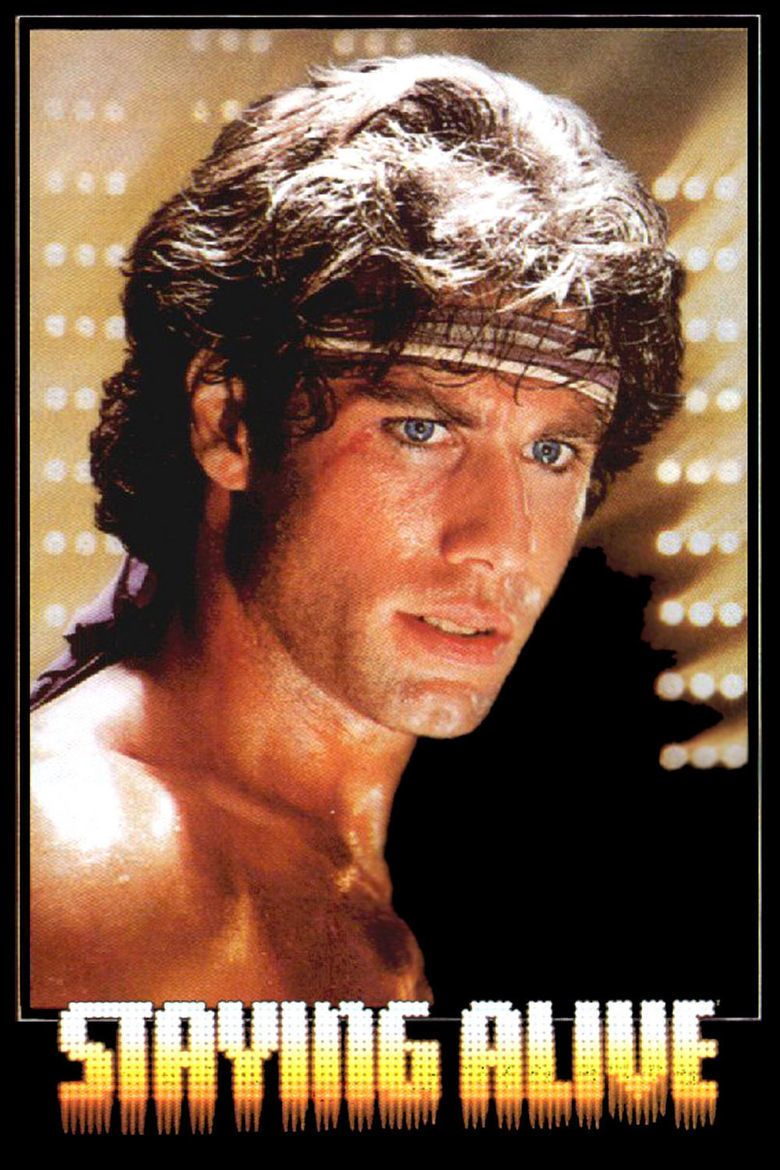 | ||||||||||||||||||||||||||||||||||
Release date July 15, 1983 (1983-07-15) Songs New York Mining Disaster 1941 Cast Similar movies Birdman , Blackhat , Let's Be Cops , Straight Outta Compton , Goodfellas , Salt | ||||||||||||||||||||||||||||||||||
Staying Alive is a 1983 American dance film starring John Travolta as dancer Tony Manero, with Cynthia Rhodes, Finola Hughes, Joyce Hyser, Julie Bovasso, and dancers Viktor Manoel and Kevyn Morrow. The sequel to 1977's Saturday Night Fever, it was directed, co-produced and co-written by Sylvester Stallone. The title comes from the Bee Gees song of the same name, which was used as the theme song to Saturday Night Fever and is also played during the final scene of Staying Alive. The choreography was arranged by Dennon and Sayhber Rawles It also goes hand-in-hand with Tony's new lifestyle, in which he is barely surviving as he pursues his dream of making dancing his career. This is along with Homefront, one of only two films which Stallone has written without being the star (although he does have a cameo).
Contents
- Staying alive 1983 strut walk end of movie
- Plot
- Cast
- Reception
- Awards and nominations
- Soundtrack
- References
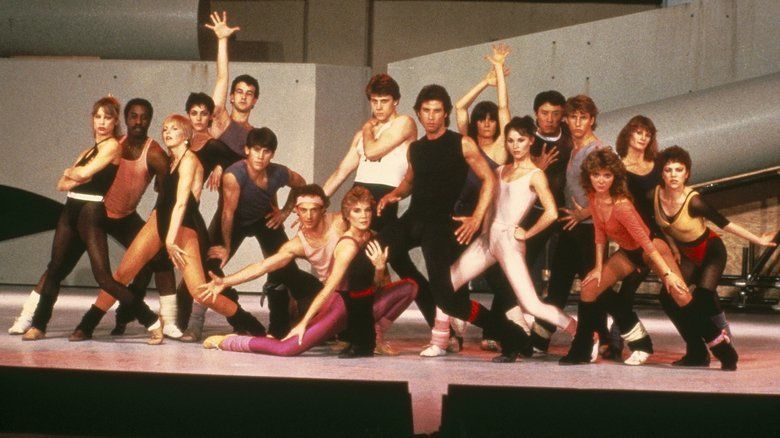
The film received generally negative reviews from critics, and holds a score of 0% on Rotten Tomatoes as of 2016.
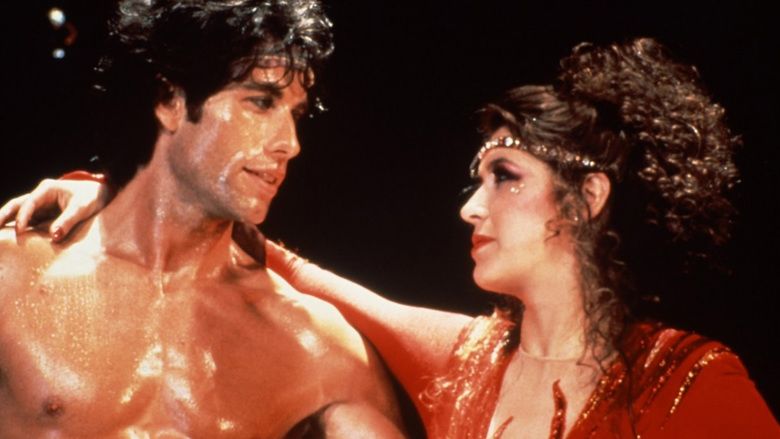
Staying alive 1983 strut walk end of movie
Plot
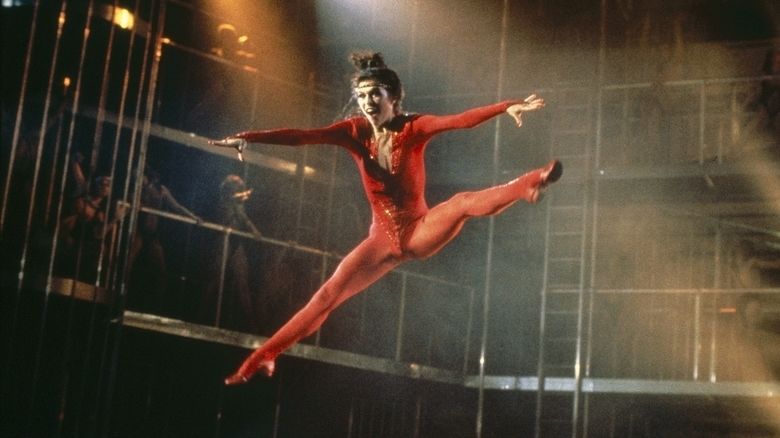
Six years after a previous dance contest, Anthony "Tony" Manero, a former disco king, acts on his brother Frank's advice and his own dreams of dancing professionally. He is now 25 and living in a Manhattan flophouse, working as a dance instructor and waiter at a dance club, searching for a big break in the modern dance productions on Broadway. The break from his Brooklyn life, family, and friends seems to have somewhat matured Tony and refined his personality, including his diminished Brooklyn accent, an avoidance of alcohol and less use of profanity. Other attitudes remain unchanged, such as his disregard for his most recent girlfriend, the forgiving Jackie. Still immature, Tony maintains some of his other macho and childish double standards, such as seeing other women but offended if he sees Jackie with other men.
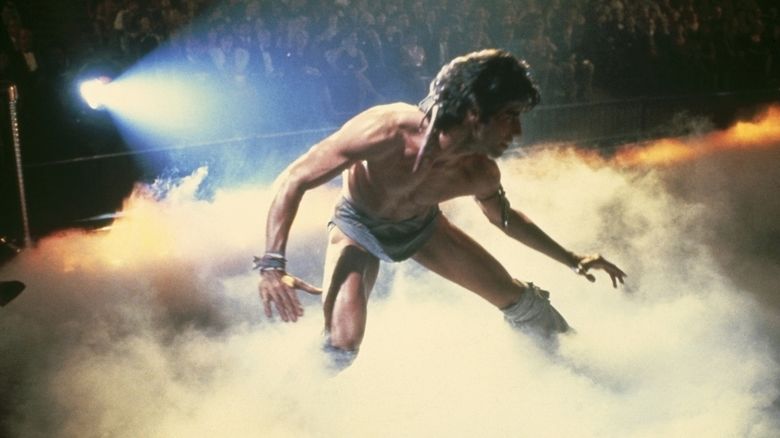
Tony watches a show which features Jackie as a dancer in the chorus, but focuses on the lead, a seemingly-wealthy English dancer, Laura. Tony pursues her with seduction in mind, and spends the night with her. He's annoyed when she dismisses him afterward, not understanding that she intended their encounter to be a one-night stand. Laura coldly justifies her treatment of him with a statement that "Everybody uses everybody," and implies that Tony used her in order to get a dance role in her upcoming show.
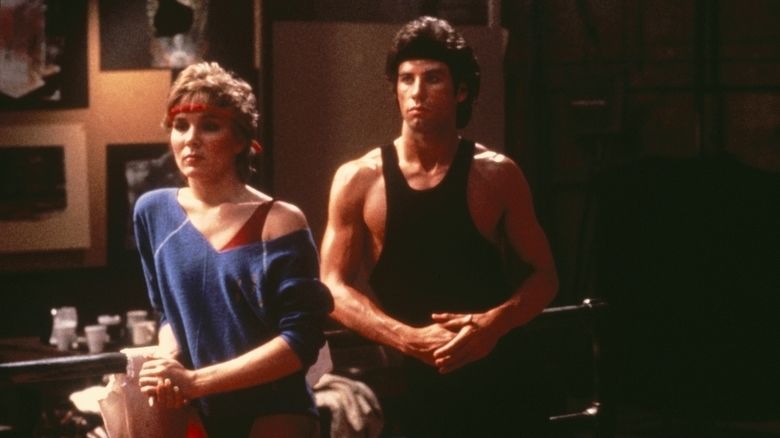
Jackie is hurt when Tony breaks several promises to meet with her. Jackie is the vocalist for a local rock band in addition to her dance career. Unable to trust Tony, and tired of being disregarded when other women catch his eye, Jackie finally ends their personal relationship. She displays an apparent interest in her band's rhythm guitarist. Tony's wounded ego takes another blow in addition to his conflict with Laura.
Jackie, Tony, and Laura audition for the Broadway production Satan's Alley. Jackie and Tony land small roles and Laura is cast in the role of the lead female dancer.
Tony begins to realize how callous he's been to Jackie, and walks all the way from Manhattan to his old Bay Ridge neighborhood in Brooklyn in the middle of the night. When he walks past The 2001 Odyssey, he sees that the Discotheque which was his former Saturday night hangout is now a gay nightclub, and that's when realizes how much his life has changed in those six years since he left Brooklyn. When Tony goes to visit his mother, and apologizes for his selfishness and trouble-making ways of his youth, she points out that his selfish behavior as a teen was what helped him escape a dead-end life in Bay Ridge. Tony feels better after this and heads back to Manhattan to repair his relationship with Jackie. His hostility and distance from the arrogant Laura increase as the production progresses.
Tony decides to take a shot at replacing the male lead of "Satan's Alley" and asks Jackie to help him practice the number. Laura is disgusted when Tony succeeds and openly displays her resentment at having to partner him in the show. They can't hide their chemistry on stage despite her animosity, which pleases the show's director.
"Satan's Alley" sells out and the cast takes the stage to a standing-room-only crowd. The first act is a success despite Tony's brash disregard for the script when he kisses Laura at the end of their number. Laura angrily retaliates by clawing Tony's face. The director blasts Tony backstage, telling him to take his personal war away from the production. Laura seems to offer a truce when she asks to see him after the show to "clear things up." Tony now fully aware of her manipulative ways coldly tells her he has other commitments, and Laura snidely tells him "you don't have it," presumably what it takes to be a star dancer.
The second act is a dazzling display of dance and special effects, and Tony suddenly abandons the script near the end of the show. He hurls Laura away and gives way to his anger in a solo dance. He finishes and holds out his hand to Laura with a command to jump. She halts amid Jackie's and the director's commands, but finally leaps in his arms for a climactic finish to the show. Their thrilled audience erupts into cheers and a standing ovation.
Tony celebrates with his jubilant cast mates and reconciles with Jackie. He says he's got to get out and what he really must do is "strut" in celebration. Tony Manero leaves the theater and struts through Times Square, beaming with his newfound success.
Cast
Some actors from the first movie were also included in the cast, but their performances were cut: Donna Pescow appeared in the audience at Tony's Broadway debut, and Val Bisoglio appeared as Tony's father in a small role. His scene was cut, and the final film loosely implies that he has since died.
Reception
Staying Alive was blasted by film critics with comments such as "It lacked the heart" and "It lacked the interesting characters of Saturday Night Fever." In 2006, Entertainment Weekly dubbed Staying Alive the "Worst Sequel Ever." Many critics were unanimous in agreeing that the film did not contain the grittiness and realism that Saturday Night Fever possessed. As of 2016, it holds a score of 0% on Rotten Tomatoes, based on 24 reviews and with the consensus being "This sequel to Saturday Night Fever is shockingly embarrassing and unnecessary, trading the original's dramatic depth for a series of uninspired dance sequences."
The film is listed in Golden Raspberry Award founder John Wilson's book The Official Razzie Movie Guide as one of the 100 Most Enjoyably Bad Movies Ever Made.
Despite its critical failure, Staying Alive was a commercial success. The film grossed nearly $65 million in the US box office against its $22 million budget. Though the box office intake was significantly less than the $139.5 million earned by Saturday Night Fever, the film nevertheless ranked in the top ten most financially successful films of 1983.
Awards and nominations
Soundtrack
The soundtrack was released in 1983 and is mainly performed by the Bee Gees. Five new Bee Gees songs took up the first side, with side two featuring various artists performing songs mostly written by Frank Stallone, brother of the film's director Sylvester Stallone. The soundtrack reached number 14 in the United Kingdom, number 6 in the United States, number 1 in Switzerland, and number 2 in Italy and Japan, and sold 4.5 million copies worldwide. The LP was the final soundtrack, and the final songs, by the Bee Gees released under RSO.
References
Staying Alive (1983 film) WikipediaStaying Alive (1983 film) IMDbStaying Alive (1983 film) MetacriticStaying Alive (1983 film) themoviedb.org
